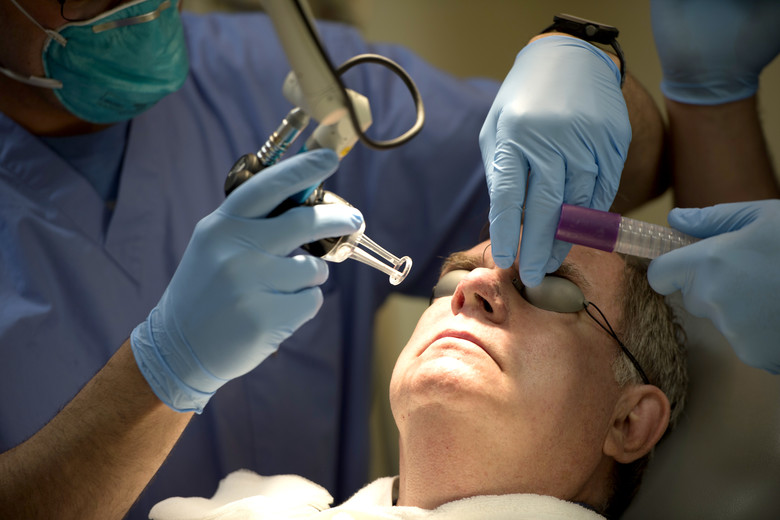Dermatology is one of the least diverse departments in medicine, and minority races have only increased a few percentage points over the last several decades, according to a study recently published in JAMA Dermatology.
Researchers from The University of Texas Southwestern Medical Center in Dallas looked at data from the American Medical Colleges Faculty Roster from 1970 to 2018 to determine how gender and different races were represented in dermatology. They found that as department faculty numbers increased (from 167 in 1970 to 1,464 in 2018), so did the number of female faculty members, from 18 (10.8 percent) to 749 (51.2 percent), a figure that accurately reflects the country’s overall white female population.
However, when it came to minority races in dermatology, the figures were far more discouraging, and that the number of minorities in dermatology didn’t grow to reflect the country’s demographics. The researchers found that at every faculty tier, there was a disproportionately low number of minorities, and from 1970 to 2018, the number of underrepresented minorities only grew 4.8 percent. In every specialty, white physicians made up 79.7 percent of all chairs, and females comprised only 19.4 percent of chair positions.
The researchers note that these racial disparities in dermatology could be due to the fact that not enough minority medical students are applying or not getting accepted into dermatology residencies. They see these findings as an incentive for dermatology residencies programs to make better efforts to recruit non-white applicants.





